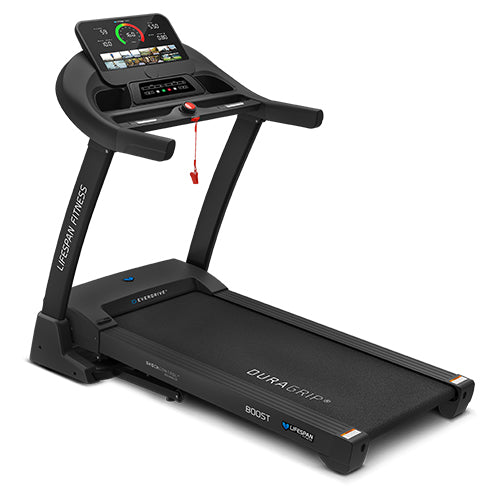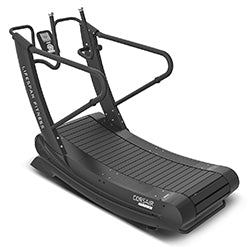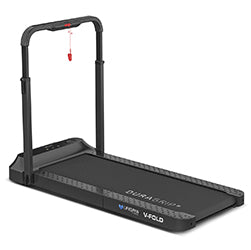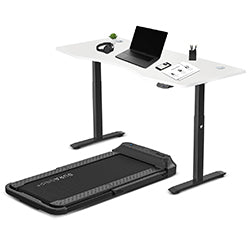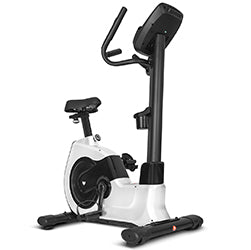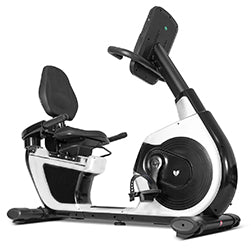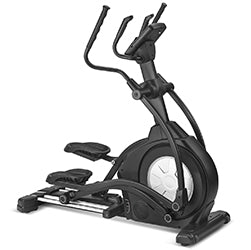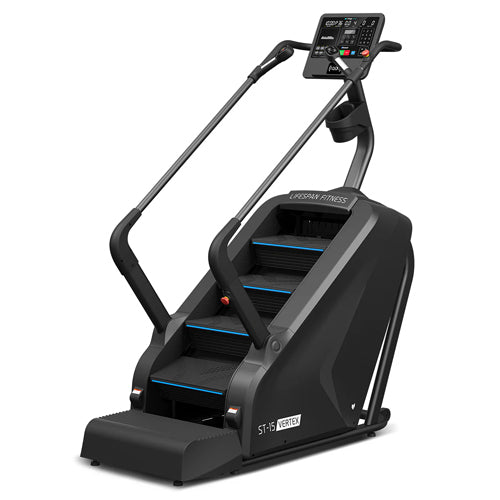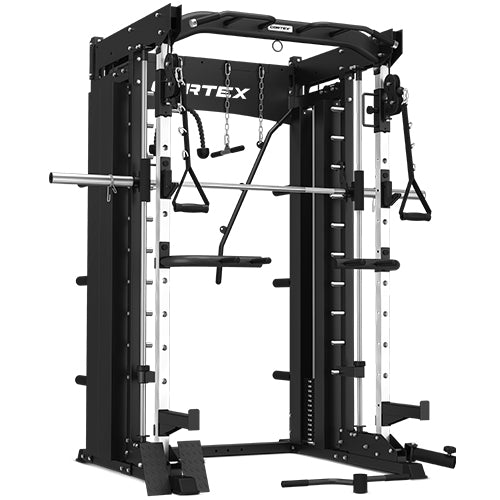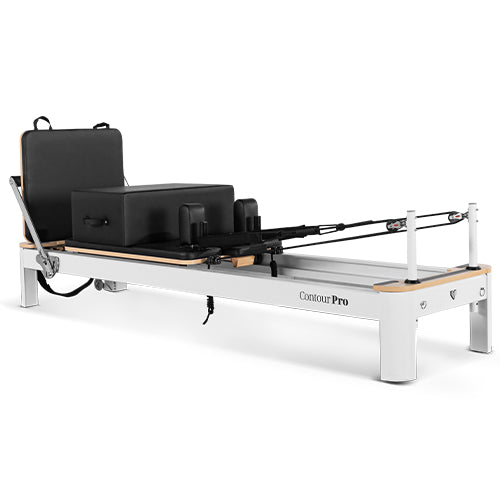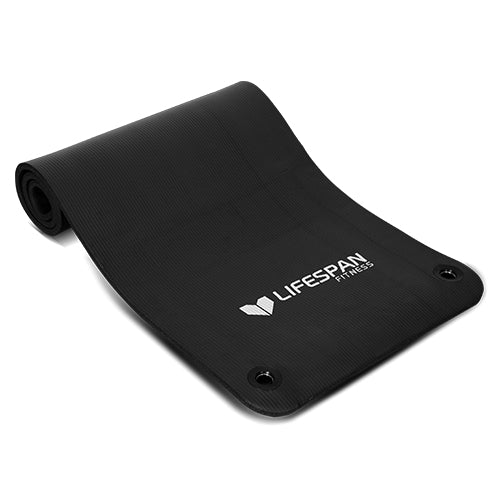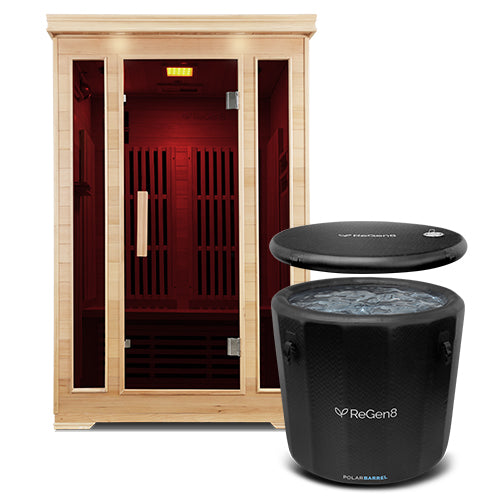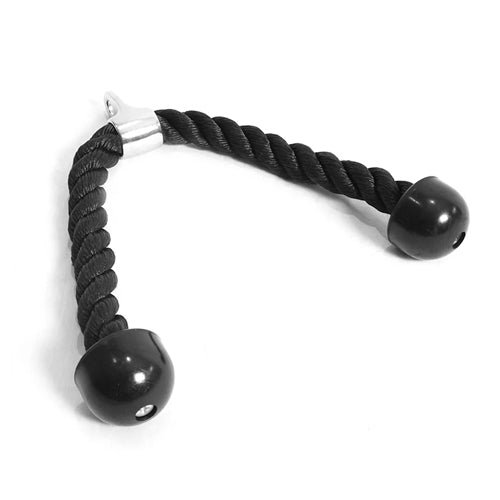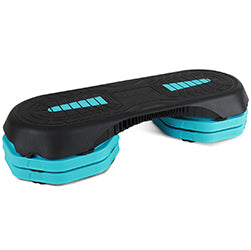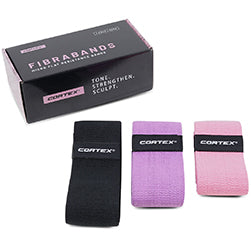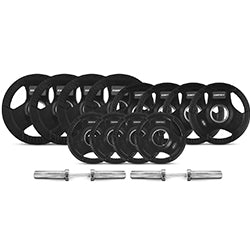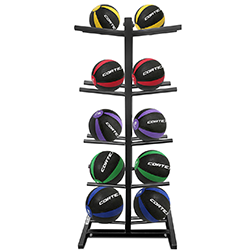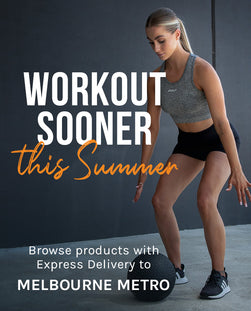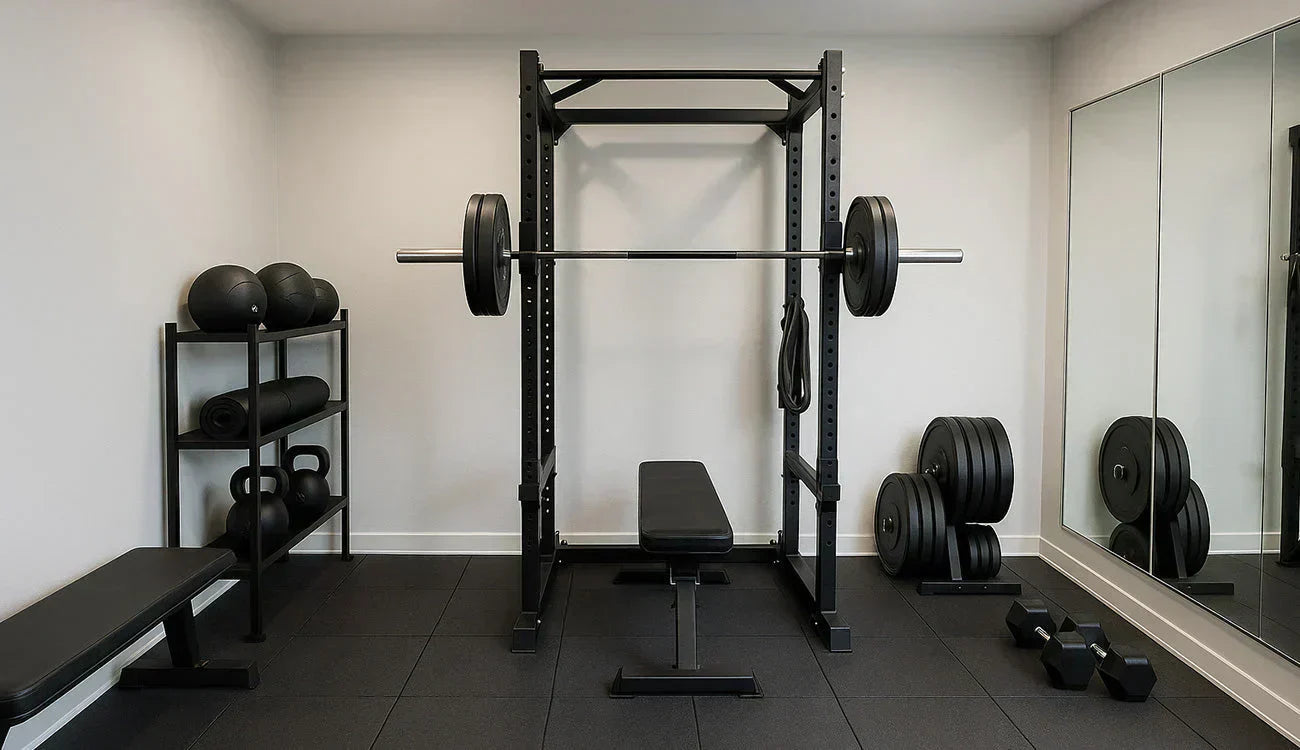

More and more Australians are turning to their spare rooms or garages for their personal fitness needs. A home gym setup gives you the convenience, privacy and long-term saving that traditional gym memberships can’t beat. No matter what your individual goals are, having the right fitness equipment for your home makes it easier to stay consistent and motivated.
Join us as we detail our home gym setup guide to help you build the fitness space of your dreams.
Things to Consider
 Before you start buying gym equipment for home, first we need to take a step back and think about the things that will shape your home gym setup.
Before you start buying gym equipment for home, first we need to take a step back and think about the things that will shape your home gym setup.
-
How much space do you have?
Will your equipment need to fold away? Or can it remain permanently in place?
-
What are your training goals?
Are you focused weight training, cardio, general health or just a mix of everything? The type of equipment you choose should directly support your fitness goals.
-
Who will be using the gym?
Is it just for you? Or will it need to accommodate multiple people who all have their own fitness needs.
-
What are your own preferences when it comes to working out?
Do you enjoy structured machines like gym stations? Or do you prefer the freedom of free weights?Understanding how you like to train will help you choose equipment that keeps you motivated.
Thinking about these questions will give you a better understanding of the needs that your home gym needs to fulfil. You can now start thinking more practically about how to structure your space.
Check out our guide on how to choose the right exercise bench for your home gym.
Measure Your Available Space
Now to the nitty gritty. It all starts with having accurate measurements of where your home setup will go. Knowing your exact dimensions will help you select the right home gym essentials without overcrowding your area.
Remember, don’t just consider the footprint of the equipment. There also needs to be room for movement around each station, as well as ventilation and accessories like mats or storage racks.
Keep in mind that some fitness equipment for home gyms, such as multi-function stations or adjustable benches, require extra clearance when you're using them. Others, like dumbbells and resistance bands, are more versatile in compact spaces. If you're working with a smaller area, dumbbell training can be a smart and efficient way to build strength without taking up much room. Learn more about the benefits of dumbbell training and how it can maximise your results with minimal space.
Know Your Fitness Objectives
 Next, arguably the most important step: setting out your fitness goals. This can be something simple like “I just want to stay active” or “I want to get my heart pumping”. Alternatively, it can be more specific like building certain muscles or increasing flexibility.
Next, arguably the most important step: setting out your fitness goals. This can be something simple like “I just want to stay active” or “I want to get my heart pumping”. Alternatively, it can be more specific like building certain muscles or increasing flexibility.
Below is a list of common fitness goals:
| Goal | Description | Suggested Equipment |
| Build Muscle Mass | Increase lean muscle size through resistance and strength training. | Dumbbell Set |
| Lose Weight / Reduce Body Fat | Focus on fat loss through a mix of cardio, diet and strength work. | Rowing Machine |
| Increase Strength | Improve your ability to lift heavier weights or perform bodyweight exercises with more power. | Power Rack |
| Improve Cardiovascular Health | Enhance heart and lung function through aerobic activities like running, cycling or HIIT. | Smart Treadmill with Heart Rate Monitor |
| Improve Flexibility & Mobility | Stretch and move better through yoga or dynamic stretching. | Yoga Mat & Resistance Bands) |
| Increase Endurance / Stamina | Train to sustain physical activity longer with less fatigue | Air Resistance Bike |
| Enhance Athletic Performance | Develop sport-specific skills like speed, agility, power or coordination. | Plyo Boxes & Aerobic Steps) |
| Rehabilitation / Injury Recovery | Restore movement and strength after injury with low-impact, targeted exercises. | Recumbent Bike |
| Improve Mental Wellbeing | Use fitness as a tool to reduce stress and boost mood. | Cross Trainer |
| Improve Posture & Core Strength | Strengthen stabilising muscles to support better alignment and reduce discomfort. | Pilates Reformer |
| Increase Functional Strength | Improve everyday movement and reduce risk of injury through compound and real-world exercises. | Kettlebell Set |
| Train for an Event | Prepare for a race, competition or physical challenge (e.g. marathon, triathlon, CrossFit event). - See our guide on Marathon Training. | Weight Vest |
| General Health & Longevity | Stay active to maintain overall health, mobility and quality of life as you age. | Spin Bike |
| Gain Confidence / Body Image Goals | Feel stronger, fitter and more confident in your body. | Home Treadmill |
Do you fit into any of those categories? Or are you a mix of different goals?
Understanding what category you fall into will give you the best idea of what equipment to choose.
For a comparison of strength training equipment, see our guide on cable machine vs. free weights.
Count Your Budget
Once we have a clear idea of space and equipment, we can focus a bit more on budget. Setting up a great home doesn’t have to mean spending a fortune.
Start with your absolute essentials. Your non-negotiables that you must have, then work out from there.
It’s often more cost-effective to start with versatile equipment such as dumbbells or multi-functional gym stations that can be used for a range of exercises and goals.
After your main equipment is sorted, leave room in the budget for accessories like flooring, mirrors and storage.
Investing in the right fitness equipment for your home gym upfront can save you time and frustration down the track. It makes sure that your space will support your training long-term.
Maintain Motivation
 Without the external accountability of a commercial gym, staying consistent with a home gym can become a challenge. That’s why your home gym setup should not only be functional but also inspiring. Create a space that you actually want to spend time in. This means adding good lighting, a speaker for music or a mirror to track your form and progress. Rotating your routines and setting achievable goals can also help you stay engaged.
Without the external accountability of a commercial gym, staying consistent with a home gym can become a challenge. That’s why your home gym setup should not only be functional but also inspiring. Create a space that you actually want to spend time in. This means adding good lighting, a speaker for music or a mirror to track your form and progress. Rotating your routines and setting achievable goals can also help you stay engaged.
Check out our guide on exercises to build shoulder mass for workout inspiration that can re-energise your fitness journey.
Conclusion
 Remember, your home gym should evolve with you. Start with the basics and build over time, keeping your workouts varied and purposeful.
Remember, your home gym should evolve with you. Start with the basics and build over time, keeping your workouts varied and purposeful.
Remember that you can always reach out to our team of experts if you have any questions or need help deciding which equipment is right for you.




